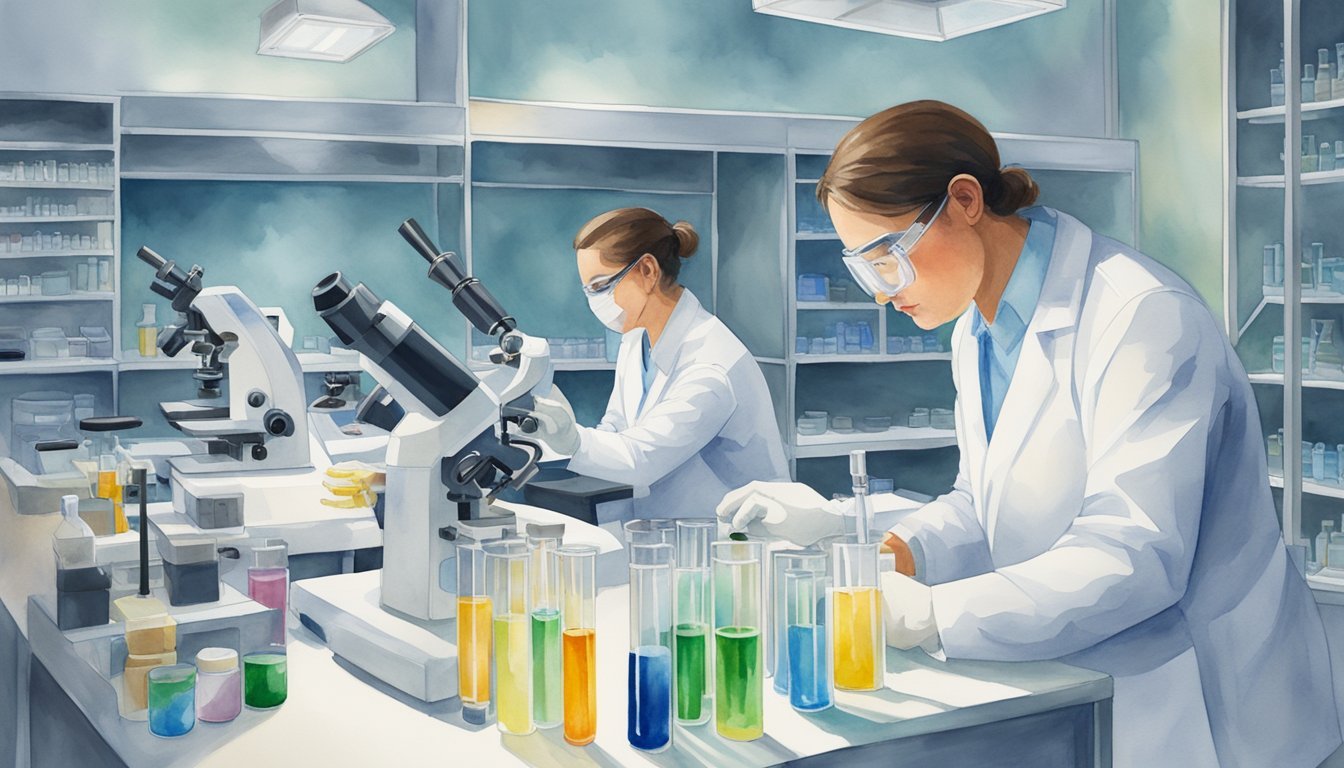Overview of Forensic Tests
Types of Forensic Tests
Forensic tests encompass a variety of techniques used to analyze physical, chemical, and biological samples collected during investigations. Some common types of forensic tests include DNA analysis, drug analysis, and forensic toxicology. Different tests are performed on various substances in order to find conclusive evidence valuable for solving crimes.
Role of Forensic Science in Investigations
Forensic science plays a critical role in investigations by helping to provide objective evidence that can link a suspect to a crime scene or victim. Various scientific methods are used to analyze biological samples and other types of evidence, which ultimately help investigators build stronger cases.
Common Biological Samples Analyzed
There are several main types of biological samples that are routinely analyzed in forensic investigations:
- Blood: Blood samples can be used to determine blood type, DNA profiles, and presence of drugs or toxins.
- Saliva: Saliva can be analyzed for DNA profiles, enzymes, and presence of substances like drugs.
- Hair: Hair can provide DNA information and can also be used for drug or toxin analysis, as these substances are often incorporated into the hair shaft.
- Semen: Semen is commonly analyzed for DNA profiles and sexual assault cases.
- Bone: Bone samples, especially in cases involving unidentified remains, can be used to determine age, sex, and other identifying characteristics.
DNA Testing Techniques
Forensic DNA testing involves using a variety of techniques to identify individuals and establish relationships based on genetic material. Some common DNA testing methods include:
- PCR (Polymerase Chain Reaction): PCR is a widely-used technique that helps to amplify and generate copies of specific DNA sequences.
- STR (Short Tandem Repeat) Analysis: STR analysis involves examining specific regions of DNA with repetitive sequences, which differ from one individual to another.
- Y-STR and X-STR Analysis: These tests focus on specific DNA sequences located on the Y-chromosome and X-chromosome, respectively, providing information on paternal and maternal lineages.
- Mitochondrial DNA Testing: This technique analyzes DNA found in the mitochondria of cells, which is passed down through maternal lineage and can be useful for identifying remains or determining familial relationships.
Advanced Forensic Testing Procedures

Drug and Toxicology Screening
Forensic laboratories perform various tests to analyze evidence from crime scenes, suspects, and victims, including drug and toxicology screening. These tests help in identifying drugs of abuse, such as cocaine and other illicit substances, and detecting alcohol consumption. Techniques such as mass spectrometry and thin-layer chromatography are commonly applied for the quantitation and identification of drugs. Novel psychoactive substances, which are continuously evolving, pose a challenge to forensic toxicology and require continuous research and method development.
Standards and Reliability in Forensic Testing
To ensure the reliability of forensic testing, labs adhere to strict standards set forth by organizations such as the National Institute of Justice and the National Institute of Standards and Technology (NIST). Specific criteria such as sensitivity, specificity, and selectivity are maintained to minimize the occurrence of false positives and maintain the credibility of forensic results. The validation and accreditation of forensic methods and equipment are essential aspects of upholding these standards.
Trace Evidence and Chemical Analysis
A crucial part of forensic testing involves the analysis of trace evidence, which can include anything from DNA to fingerprints and chemical residues. Chemical tests such as microcrystalline tests and luminol tests are used to detect the presence of specific substances in collected samples, allowing forensic specialists to piece together the events of a crime and identify potential suspects. DNA profiling is another essential part of forensic testing, with techniques like the polymerase chain reaction (PCR) helping to generate conclusive evidence in criminal investigations.
Digital Forensics in the Modern Age
In today’s digital world, computer forensics has become an indispensable part of criminal investigations, as digital devices such as computers, cell phones, and cameras often contain important evidence. Digital forensics involves the extraction and analysis of data stored on electronic devices, which can help law enforcement uncover crucial information related to criminal activities. This field is continuously evolving, with new threats and challenges presented by ever-changing technologies and the growing use of digital communications.

